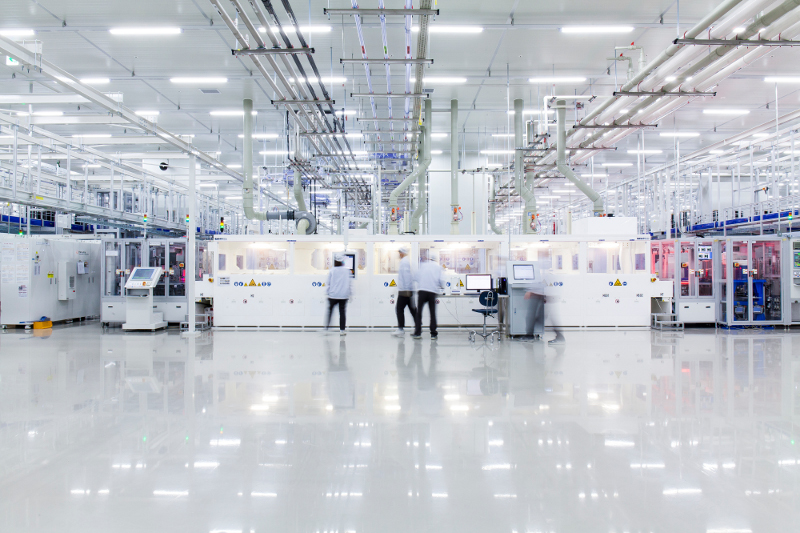Hanwha Q-Cells, the Seoul, South Korea-headquartered solar developer and manufacturer, has increased its sales revenue and gross profit quarter-over-quarter, netting $577 million in revenue and $67.2 million in gross profit for Q2.
This represents a 33.7% sequential increase in revenue, although year-on-year (YOY) there was a 9.5% contraction against the $638 million in revenue generated in Q2 2016.
Hanwha Q Cells took the decision last year to omit shipment figures from its financial reports, but the remainder of the filing is comprehensive, showing that gross margin contracted slightly from 13.8% in Q1 to 11.6% in Q2, and down YOY from 23.7% for 2016’s Q2.
Operating and marketing expenses were both higher in Q2, meaning that the firm’s operating margin was also squeezed to 3.5%, down from 6.6% in Q1. Operating income, meanwhile, was only slightly lower – down to $20.1 million for Q2 against $28.3 million in Q1.
However, Hanwha Q Cells used Q2 to pay off a fair chunk of its interest-bearing debt, reducing its debt-to-equity ratio to 361% – some 80 percentage points lower than at the end of 2016. “Given our capacity to continuously generate positive operating results, we expect to be well positioned to improve our financial position,” affirmed the company’s CFO Jay Seo. In actual terms, the company’s debt was lowered by more than $300 million to $336.1 million during the quarter.
The results were in line with Hanwha Q Cells’ guidance, with company CEO Seong-woo Nam stressing that the company is continuing to realize profits in many of the major markets in the world “despite uncertainties”.
The CEO added that Hanwha Q Cells’ 60-cell mono-PERC Q.PEAK module continues to be well received in global residential markets, with high hopes for the larger, 72-cell, 365 Wp version due to hit the market in the second half of the year.
On the production front, incremental increases in cell and module capacity are in the offing as scheduled, while looking ahead to Q3 the company expects revenue in the range of $540 to $560 million.
The only shipment data published in the filing was an annual guidance forecast of 5.5 to 5.7 GW for the course of 2017.
This content is protected by copyright and may not be reused. If you want to cooperate with us and would like to reuse some of our content, please contact: editors@pv-magazine.com.



The debt-to-equity ratio to a ratio; it is total debt divided by total equity. It is not a %; it is a true ratio.
Total debt can be a % of total assets. Total equity can also be presented as a % of total assets.
If this is done then if one subtracts Total Debt as a % of total assets from 100%, one gets Total Equity as a % of total assets.